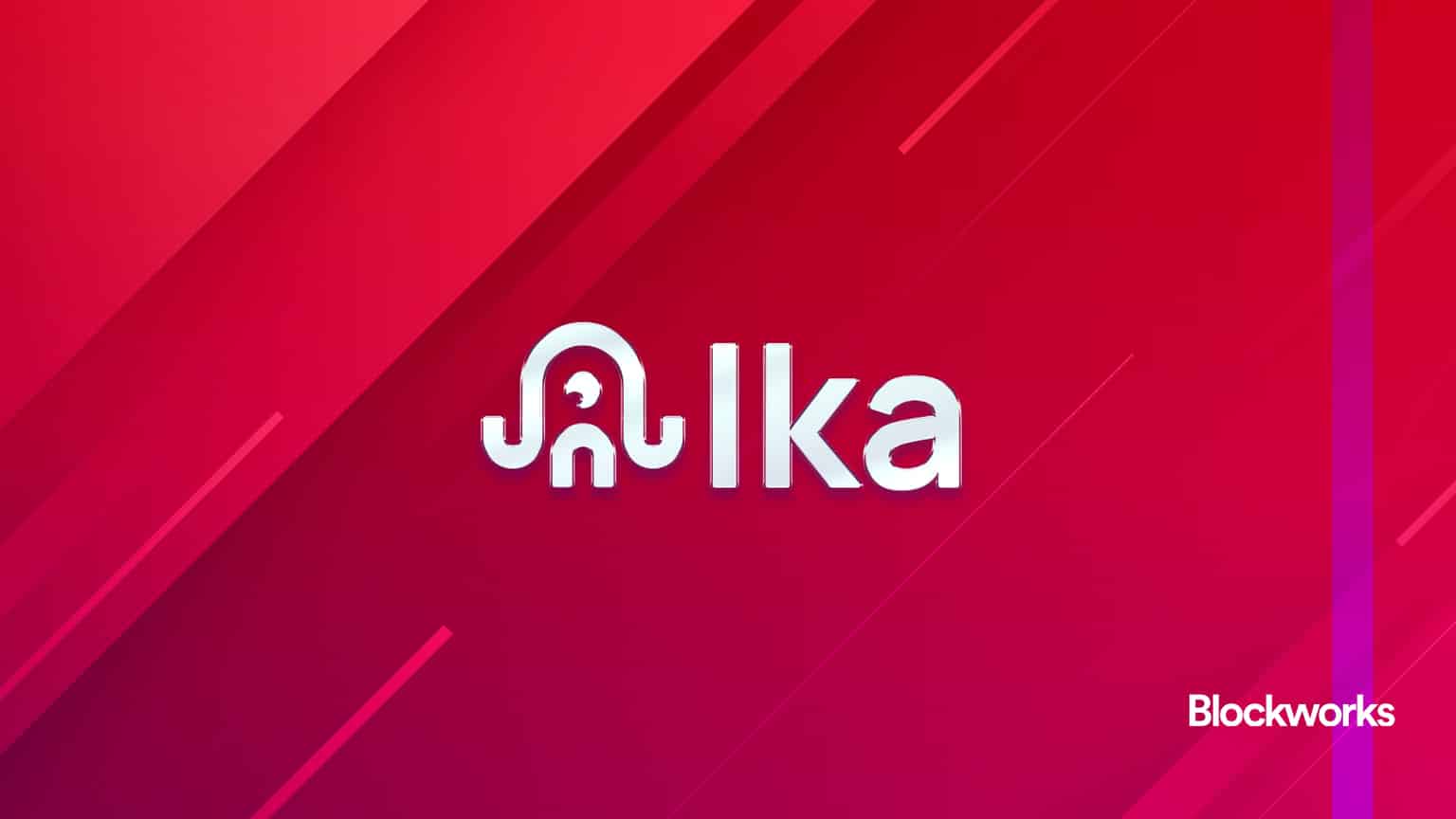Solana governance passes Alpenglow consensus upgrade
Governance vote clears SIMD-0326, shifting Solana to a new consensus model

Solana alpenglow passage
The Solana community has approved SIMD-0326, known as the Alpenglow consensus protocol, in a governance vote concluding Tuesday.
According to the official vote status page, 98.94% of participants voted in favor, 1.05% opposed, and 0.36% abstained. Overall, 52% of the network’s total stake participated, comfortably surpassing the quorum threshold.
The decision commits the network to its most significant technical overhaul to date, replacing proof-of-history and TowerBFT with a new architecture designed to reduce transaction finality from roughly 12.8 seconds to as little as 150 milliseconds.
Alpenglow introduces two key components: Votor, an off-chain signature aggregation system enabling sub-second block confirmation, and Rotor, a new block propagation mechanism replacing Turbine.
Together they simplify consensus logic, eliminate on-chain vote transactions, and reduce ledger bloat. A resilience model, known as 20+20, is designed to maintain safety if 20% of stake is adversarial and liveness if another 20% is offline.
Validator economics were a central discussion point during governance. The new design implements a fixed Validator Admission Ticket of 1.6 SOL per epoch, replacing vote transaction fees. Some forum participants warned that this creates a high entry barrier for new validators, while developers countered that alternative models could enable stake-splitting attacks.
Leaders will also receive enhanced rewards for aggregating votes and submitting finalization certificates, potentially reshaping staking economics. Developers acknowledged that additional rules may be needed to address bad behavior if it arises under the new system.
The vote passed with near-unanimous support, reflecting validator appetite for Solana to push the limits of performance. Still, the change raises open questions about validator diversity, centralization pressures, and resilience during outages.
This is a developing story.
This article was generated with the assistance of AI and reviewed by editor Jeffrey Albus before publication.
Get the news in your inbox. Explore Blockworks newsletters:
- The Breakdown: Decoding crypto and the markets. Daily.
- 0xResearch: Alpha in your inbox. Think like an analyst.






